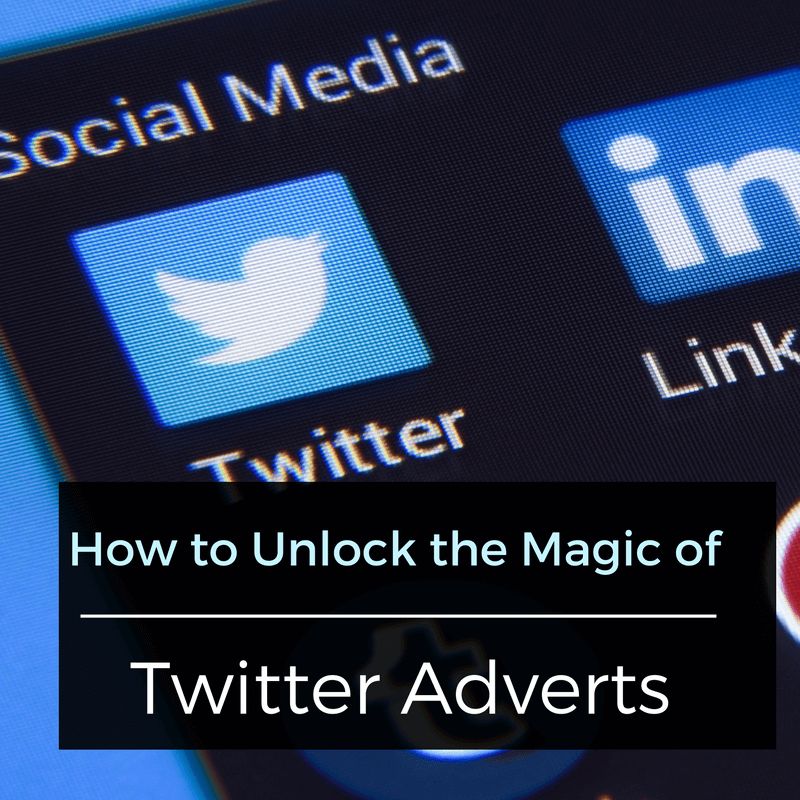Episode 80: Twitter Adverts
You may have noticed that this week’s episode has a slightly more jazzy title than my previous shows and that’s because I’ve started using Coschedule’s Headline Analyser.
It helps to tell you if your show titles are good and punchy or if it’s just unimpressive. I tried lots of combinations with Twitter Adverts or Twitter Advertising in them, but sadly enough most of my original title ideas for this episode were on the unimpressive side until I used the analyser’s help!
The story so far
I’ve been experimenting with Twitter adverts and I was a little bit loathe to come back and tell you the results of them because I had not had huge success with them. Until recently I hadn’t really worked out a good way of using them. I think I’ve stumbled across the technique with Twitter adverts that while time consuming that I think will eventually give me some success in terms of advertising books using Twitter.
Background
Twitter advertising has always a bit of a poor relation and when it comes to social media marketing advertising. A large chunk of this is due to the fact that Twitter themselves don’t seem to really understand how to create a decent advertising platform. Their advertising framework while it has great analytics doesn’t give you as much control of the targeting as it should.
For example, it should be easy to target people on Twitter who follow both user A and user B. But if you select user A and user B in the targeting option it targets all the followers of both user A or user B. If you compare this with the options on Facebook advertising it isn’t anywhere near as good.
So I was close to giving up on the platform but then I noticed this feature called Tailored Audiences. For those of you who are aware of Facebook adverts they are very similar in concept to what are called Custom Audiences in Facebook advertising.
This is where you’ve got a set of users, either people who had visited your website, or from a file of e-mail addresses or usernames that you upload to the platform. Then you’ll be able to send adverts to people within that audience.
At first glance these look less good on Twitter, as you need a minimum of 500 people on a Twitter tailored audience, as opposed to a 100 on the Facebook platform.
So why am I so keen on Twitter tailored audiences ?
The reason is the fundamental difference between Facebook and Twitter in terms of how the platforms work. On Facebook information is by default much more inaccessible, and the functionality to upload usernames isn’t that useful. On the other hand Twitter is a totally public platform. Every interaction on Twitter is publicly available and you have a huge database of information for use in terms of finding usernames of people to target.
I’m currently using a site called Twitonomy to create Excel spreadsheet extracts of Twitter data. Unfortunately it doesn’t give this access on the free version but you can pay £20 for a single month’s access, and then do loads of data downloads in that month. It lets you go and download spreadsheets full of people’s usernames and the descriptions of their profiles.
Use Spreadsheets
This process allows you to modify the list to remove profiles of people who aren’t relevant to what you are trying to target. So you could download the details of all of one Twitter user’s followers and remove anyone without a particular word in their Twitter bio. We can then extract a text file of Twitter usernames from this subset in Excel and upload it into Twitter as a tailored audience. Now I’ve been experimenting with this and it seems to give better results than using the standard Twitter targeting options.
This approach does involve quite a lot of work in Excel. You need to whittle down a list of people likely to buy your books. I’m currently trying targeting lots of Twitter accounts where their bio has the word “reviewer” in it, and they follow an eBook retailer.
I think with enough time and effort especially if you really understand what your book is about, you could soon create a very good tailored audience to promote your books to.
Something to be aware of is that it takes Twitter quite a while to process the lists of usernames you upload. Additionally it may not accept all of them (if the users are set in some way not to receive advertising). You also need to specify the Twitter handles as “User Names” without the @ sign in front of them (e.g stonehampress not @stonehampress).
Author Fringe Link
I haven’t gone into details about how to use Twitter advertising here, as I covered this in detail in a presentation I did for the Indie Author Fringe at the Frankfurt Book fair, which you can view here:
http://selfpublishingadvice.org/how-to-use-twitter-cards-twitter-ads-to-boost-your-indie-author-business-tim-lewis/
I’m going to have to experiment in terms of how I actually slice and dice the spreadsheets full of user data and which people’s followers and lists I should look at. I’ll let you know how I get on with this approach to Twitter Adverts.
If you liked this show you might like Building up a Twitter Following Fast, Twitter Chats with Madalyn Sklar and Inside an ePub.

